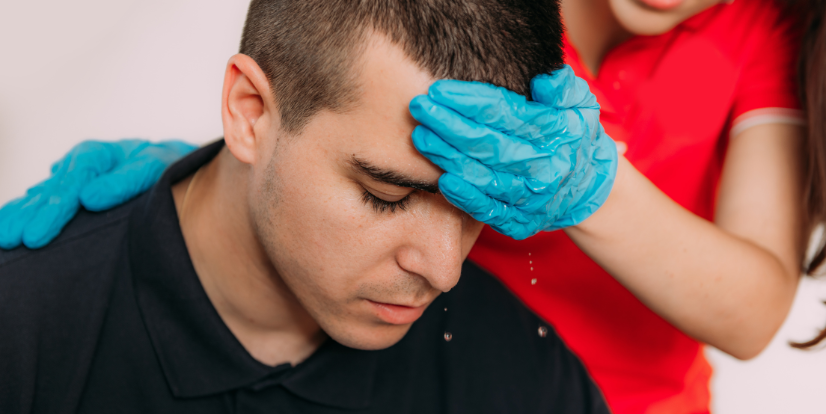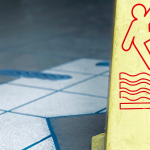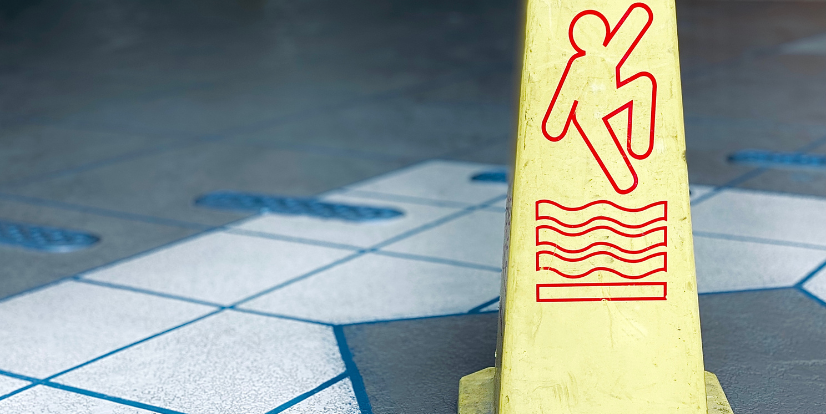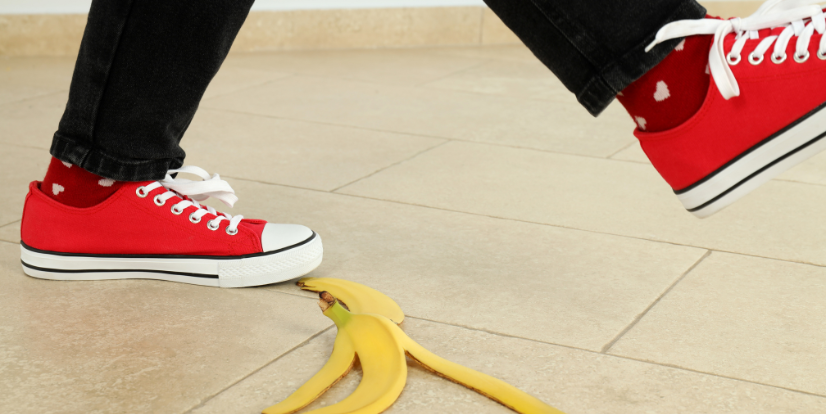Slip and fall head injuries are far more than just minor accidents. These incidents can have serious and lasting consequences, from fractures to severe head trauma, affecting people in profound ways. Whether it happens while walking through a store or navigating a slippery sidewalk, a sudden fall can lead to significant pain and long-term health issues. Understanding the consequences of slip and fall head injuries is crucial for preventing them and seeking timely medical help.
In this article, we’ll explore the impact of slip and fall head injuries, common causes, and the potential consequences.
What Is a Slip and Fall Head Injury?
A slip and fall head injury occurs when a person loses their balance, falls, and hits their head. These injuries can range from mild bumps to more severe, life-altering conditions such as traumatic brain injuries (TBI). The impact of slip and fall head injuries can vary greatly depending on the force of the fall and the specific area of impact.
Some common types of slip and fall head injuries include:
- Concussion: A mild traumatic brain injury (TBI) that occurs when the brain is jolted against the skull. Symptoms can include headaches, dizziness, confusion, memory loss, and difficulty concentrating.
- Skull fracture: A break in the bones of the skull. These injuries can be severe and may require surgery to prevent further complications.
- Traumatic brain injury (TBI): Caused by a significant impact to the head, TBIs can lead to symptoms ranging from headaches and dizziness to cognitive impairments and loss of consciousness.
- Cerebral hemorrhage: Bleeding inside the brain caused by trauma, which can be life-threatening and may require immediate medical attention.
- Subdural hematoma: Bleeding inside the skull but outside the brain, compressing brain tissue. This can result in headaches, confusion, and loss of consciousness, often requiring urgent surgical intervention.
What Are the Common Causes of Slip and Fall Head Injuries?
Slip and fall accidents can occur anywhere and are often caused by everyday hazards. Common factors include:
- Wet or slippery surfaces: Spills in grocery stores, rain-soaked sidewalks, or icy walkways are leading causes of slip and fall incidents.
- Uneven flooring: Cracked pavement, loose tiles, or uneven carpeting can trip individuals, leading to unexpected falls.
- Poor lighting: Dimly lit areas make it difficult to see obstacles, increasing the risk of falling.
- Cluttered walkways: Objects left in pathways, particularly in high-traffic areas, increase the likelihood of trips and falls.
- Weather conditions: Ice, snow, and rain can create hazardous outdoor conditions, particularly during winter months.
- Lack of proper signage: Ongoing maintenance or cleaning without proper warning signs can leave individuals unaware of potential hazards, increasing the risk of falls.
What Are the Consequences of Slip and Fall Head Injuries?
The consequences of slip and fall injuries can vary widely, depending on the severity of the fall. While minor falls may result in bruises or sprains, more severe incidents, particularly involving head trauma, can have significant and long-term consequences. Some potential outcomes include:
- Fractures and sprains: These injuries can limit mobility and interfere with daily activities. Recovery often requires physical therapy and rehabilitation.
- Concussions and traumatic brain injuries: Head injuries due to a slip and fall are particularly concerning. A concussion may seem minor at first but can lead to long-term complications, including chronic headaches, memory issues, and difficulty concentrating. More severe brain injuries can result in permanent cognitive impairments, disability, or even death.
- Chronic pain and disability: In some cases, the pain from a slip and fall head injury can persist, leading to a reduced quality of life and requiring ongoing medical care.
Slip and Fall Head Injury Impact
The impact of a slip and fall head injury can be life-altering. Depending on the severity, individuals may experience long-term cognitive, physical, and emotional challenges. Head injuries can also significantly impact daily life, requiring long periods of recovery and rehabilitation. Additionally, some individuals may face psychological effects, such as anxiety about falling again, which can limit their mobility and independence.
Conclusion
Slip and fall injuries, particularly head injuries, should not be underestimated. From fractures to traumatic brain injuries, the consequences of these incidents can have a lasting impact on an individual’s life. Recognizing the potential dangers of wet surfaces, poor lighting, cluttered walkways, and other hazards can help prevent slip and fall accidents.If you or a loved one has experienced a slip and fall head injury, seeking medical intervention is critical. Early treatment can make a significant difference in recovery and prevent long-term complications. Know Your Health can connect you with emergency medical services near you, offering the best care at affordable prices.






